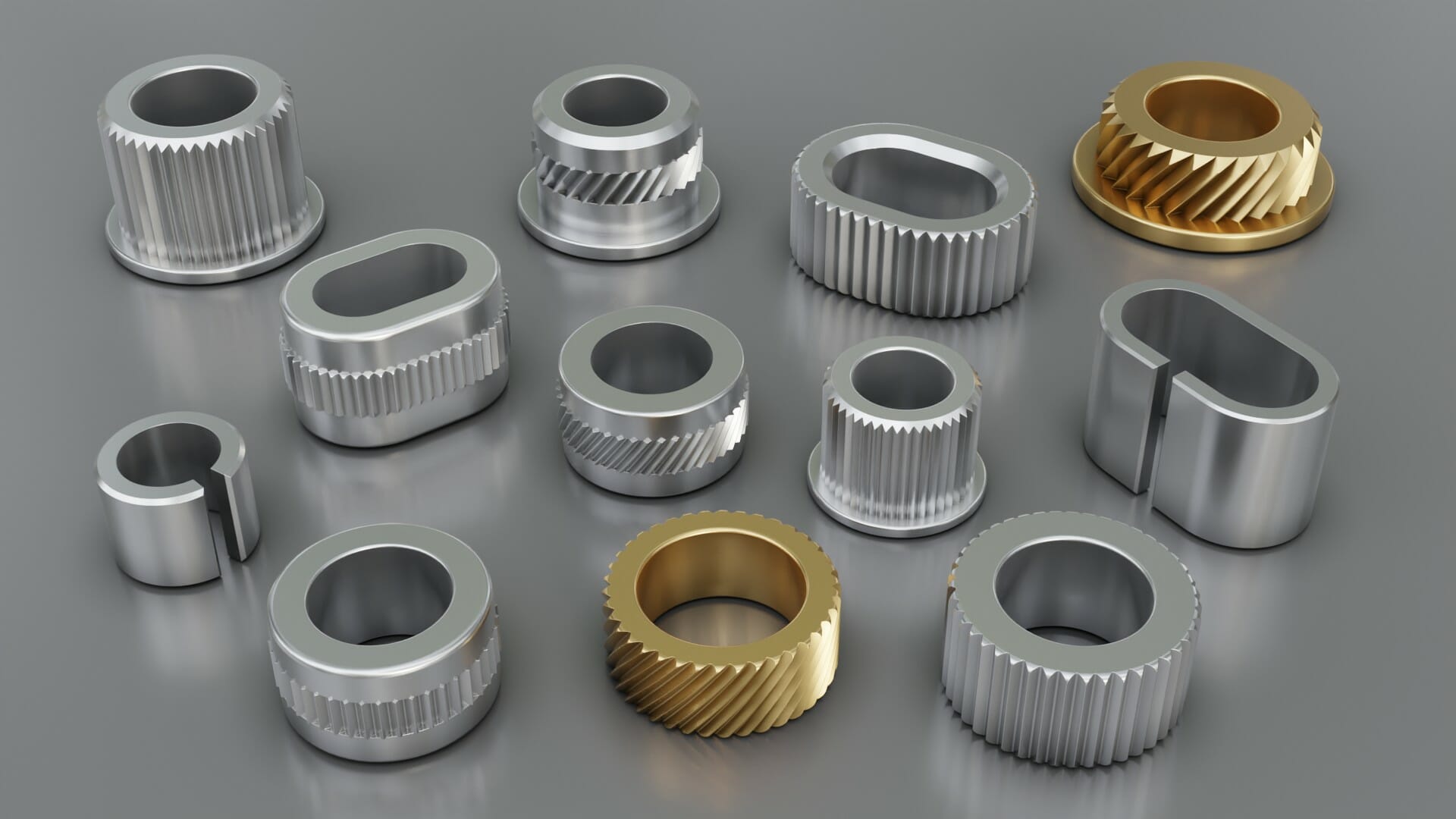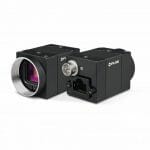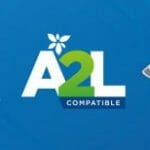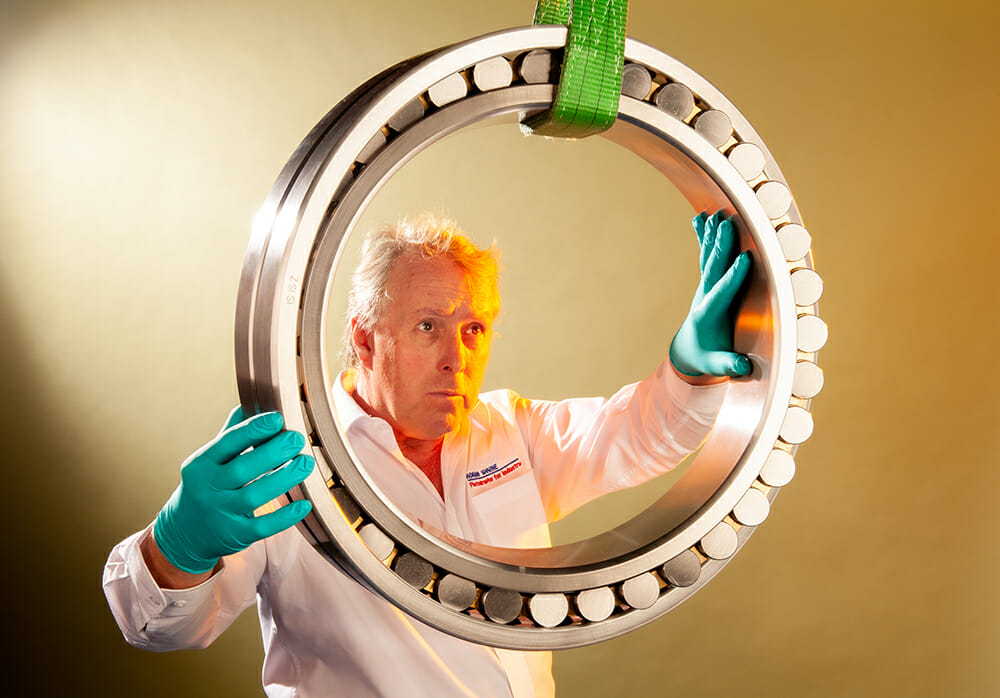By Sven Brehler, Director of Engineering, TR Fastenings
The rapid acceleration of growth in the Electric Vehicles and associated products such as batteries and charging units has required a different approach. No longer does it take time to go to market as with conventional vehicle production. Instead “fast to market” is the byword as new and existing companies enter the market with the mindset that we are far more used to seeing in the Electronics and IT sectors. In conjunction with this comes technical challenges as new products are developed requiring different solutions that meet the stringent requirements particularly in the battery casings.
Where are fasteners used within the Electric Vehicle?
TR’s Electric Vehicle animation details the areas within the vehicle where the fasteners are specified.
Watch our Hardware Solutions for the Electric Vehicle Industry animation here
Meeting the EV Battery challenge
As you can see from our animation showing where fastenings are used, the new designs of the interior of the car are also changing.
The latest “Skateboard” platform is the basis for many new electric vehicles, including people movers, delivery vehicles and buses. This new manufacturing concept cuts down on complexity and can be common across different vehicles and scaled easily.
The modular, self-contained Skateboard designs can form the basis of multiple vehicles with minimum requirement for re-design. Much focus is placed on the load bearing structure, which integrates the battery pack and drive train. Interchangeability of various modules within this design allow the Skateboard and therefore new vehicle models to stay at the cutting edge of battery and drive train innovation.
The interior of the vehicles is changing dramatically too, particularly within the cockpit. We are seeing many new concept designs which all require fresh thinking in terms of fastener applications. Fasteners are now also being used as a visual design feature, which you will see in new models with the manufacturers name stamped in the head. These need to be aesthetically pleasing, and the finish quality is critical for longevity. The increase of in-car technology e.g. IT connections with 5G and large IP console screens, and concept seating are challenging the conventional fixings, especially into composites.
Correct fastener design and selection is key to the success of the modularity and design life of the Skateboard platforms, by strategically selecting serviceable fasteners where modules or elements will require maintenance or potential updating in future. Designing in reversible joining – bolt and nuts – does allow for a more economical – potentially automated – retrieval of undamaged individual components. The right selection of fasteners will also help meet eco-design criteria. This retains the maximum value at the end of a vehicles life and plays a part in the preparation of extended producer responsibility regulations, where they have to consider final responsibility for disposal of their manufactured products.
Where appropriate, non-serviceable joints, such as moulded inserts and self clinching products can be designed in. TR’s engineering expertise has supported several companies to optimise design, considering the ease of manufacturing, product cost and where possible considering lightweighting saving the use of mixed materials.
One of the best illustrations of this has been the increasing use of composites in assemblies. Therefore, the need for product such as Compression Limiters which are designed to take the fastener load and provides a structural through hole without a risk of delamination, creep or stress cracking. Generally, these are produced in steel, stainless steel, brass and aluminium and designed and manufactured to exact specifications. There may also be a need for electromagnetic shielding requiring electrically conductive fasteners.
The demands of the Circular Economy and meeting the recyclability of product is a strong consideration in any new design. At the end of the economic life of either the vehicle or mobile battery, there is the option to re-use or repurpose. The importance of the highest number of components capable of being recycled is a key factor and fastenings are no exception. Ease of disassembly for battery pack removal is an additional factor. Most of these challenges can be overcome or their effects reduced, with the right engineering choices. TR can provide support and delivery of suitable products.
Rationalisation and standardisation of fixing methods and drive systems, such as hex lobular fasteners, which have a similar torque capacity during assembly and disassembly can support automation. TR engineers can also share their experience in fastener positioning for easy access or help to select suitable materials or coatings to avoid fastener damage through galvanic corrosion.
Often connectors, charging pins and busbar components are not considered as fastener products but they are part of a holistic product offering as their mating components. It is important that the entire assembly is viewed in the round to enable a better understanding of requirements. We have the capability to deliver thermal and electrically conductive products in copper, aluminium, brass. These can be tin, or silver plated – and if required, compliant with technical cleanliness requirements. We can also challenge designs, originally machined, to be partially or completely cold formed, increasing cost effectiveness and carbon footprint of the product. At the end of the economic life of either the vehicle or mobile battery, there is the option to re-use or repurpose. Unfortunately, not all battery technologies lend themselves for repurposing due to poor cycling performance. In other cases, the limitations are due to few available disassembly facilities or lack of batteries themselves to consider repurposing on a commercial scale.
So, the consideration of assembly of new materials and their recyclability make for new challenges in this fast paced growth opportunity.







